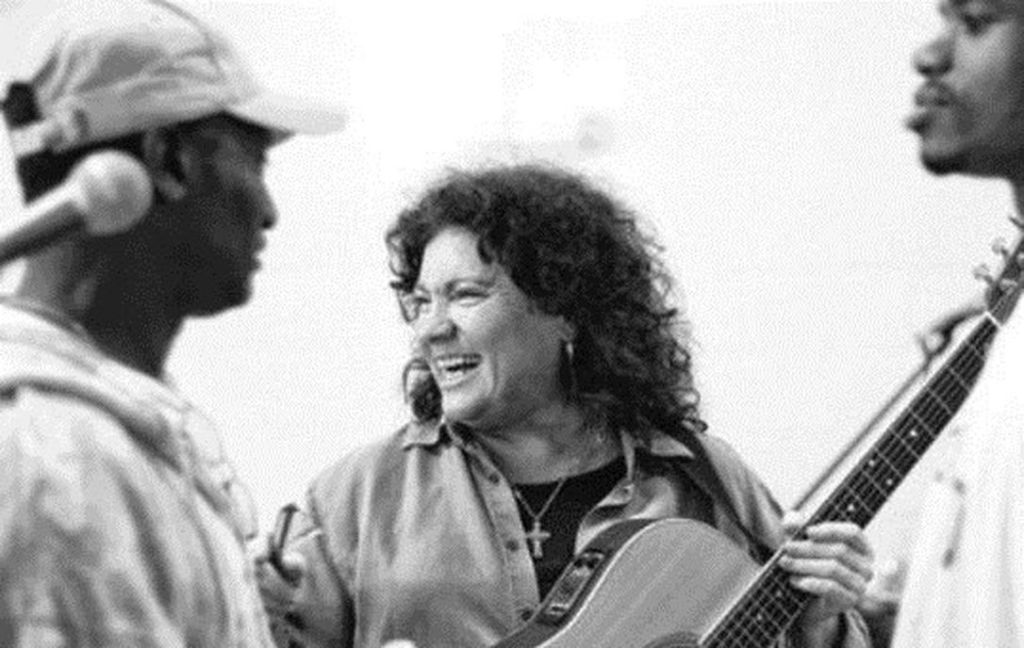Soundtrack Review: ‘Music From The Big House’

Bruce McDonald’s documentary “Music from the Big House” has blues singer Rita Chiarelli visiting Louisiana State Maximum Security Penitentiary (a.k.a. Angola Prison) where she puts on a concert with the inmates there. What results is a tale of spiritual uplift and redemption as these prisoners serving sentences of ten years to life show a love of music which helps get them out of the dark place they were once stuck in. On top of that, it produces a fantastic soundtrack which is a must buy even for those who have not seen this documentary. Whether you are a fan of blues music or not, this soundtrack will have you up on your feet and clapping along with the rhythm.
Starting off this album is a piece of the film score by Christopher Guglick called “Rita’s Journey” which illustrates the solemn nature hovering over her visit to a prison once known as the bloodiest in all of America. Before we get inside the prison walls, we get a good luck at the surrounding area, and the music Guglick creates captures the stark and sad nature surrounding this penitentiary which reeks of death even on the outside. Another piece entitled “Convicted” illustrates the emotional nature of the crimes these convicts have committed and which put them behind bars. This piece also marks the first time we get specifics on what they had done.
For those not familiar with Chiarelli, she has been called the “Goddess of Canadian blues” and her passion is thrilling to take in here. Her first song on this soundtrack is “These Four Walls” which she wrote after making this documentary. It illustrates deeply the time she spent with these convicts and the bleak nature of life in prison. She wails like few others do, and you will be pinned back in your seat at how powerful of a singer she is. Listening to her will make you wonder why more people don’t know about her in America.
The music featured here, however, is not restricted solely to the blues as there are bits of church and country music to be found throughout. One standout band is The Jazzmen who will get you all riled up with their rendition of “Mississippi Boy” which is just boundless in its energy and joy. Among the other bands performing here are Pure Heart Messenger who bring the house down on “Glory Glory” and “Rain on Me” which has lyrics speaking to the salvation these inmates have found through music.
I also enjoyed the prison yard rehearsals featured here as Chiarelli works on getting the harmonizing just right. The tracks “Rest My Bones” and “Rain on Me” show how serious they all take this music and I am a sucker for all the melodies they come up with.
Like any great soundtrack to a musical documentary or concert movie, “Music from the Big House” really makes you feel like you’re in the room with these musicians as they perform their hearts out. Even if you don’t have the opportunity to see this great documentary, you owe it to yourself to buy the soundtrack which is as powerful as any which came out in 2012.
NOTE: Part of the proceeds from the purchase of this soundtrack will go to the Angola Prison Music Program so that they can buy the equipment they need. It does not go directly to the inmates as this is not allowed.

